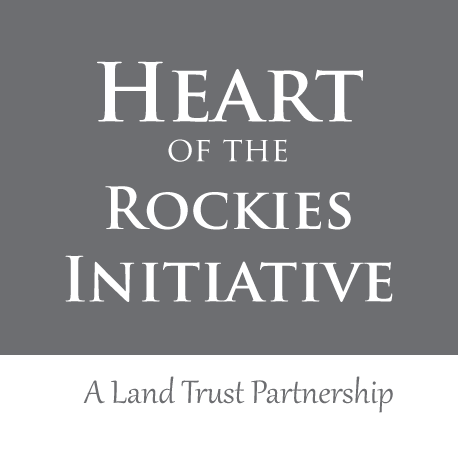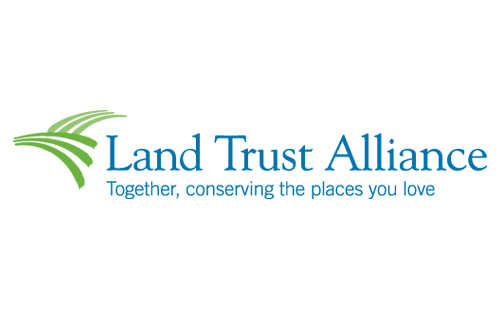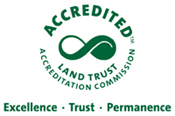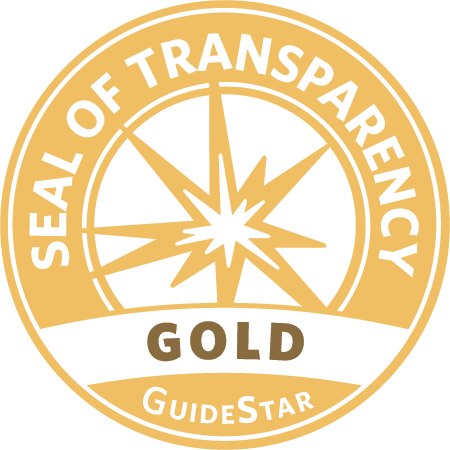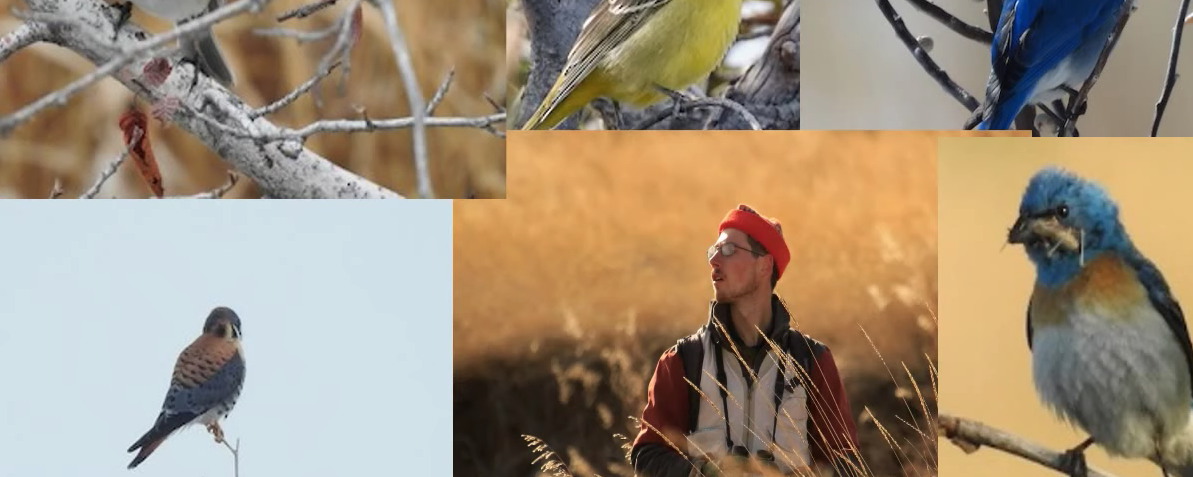
The Green Screen: PPLT Education Re-imagines Tools for the Outdoor Student
Prickly Pear Land Trust’s Education program goes virtual, bringing conservation education to quarantined kids-an excerpt from PPLT's 2020 summer newsletter.
The word pivot, as a verb, has gotten a lot of work since COVID-19 swept across our country. It’s been applied to re-thinking of businesses, government, travel and recreation and, most certainly, education. In the last couple months, PPLT’s Education Coordinator, Blake Sexton, pivoted the entire education plan to meet the challenges of social distanced learning.
Blake, midway through his year-long AmeriCorps service term as a Big Sky Watershed Corps member with the land trust, had just gotten rolling with his in-the-field classrooms, serving Helena high schoolers, when the pandemic and lockdown hit. Fold up the tent? Not hardly. Instead, within weeks, he’d developed teaching videos on our bountiful wildflowers and the role pollinators play in their reproduction.
Some 150 students from Capital and Helena high schools learned about the role pollinators play in reproduction of native flowers. Having learned how the flowers multiply and flourish, the students were given trail maps where they could observe this spring’s wildflower bounty in all its glory.The exercise asked students to create a hypothesis on what type of pollinator they would expect to pollinate a native flower of their choice and explain their reasoning.
Sarah Urban, who teaches Honors Biology at Capital High, had 46 students participate. Blake encouraged them “to get outside, to go and explore,” said Sarah. “Blake’s assignment was the last one we gave our kids. The kids were spent, sick of online learning. Burned out.” His field assignment couldn’t have come at a better time,” she said. The students’ feedback of his program was that it was “really good, particularly given the situation.” Kids, also, responded well to “an expert, and a unique situation,” she added.
He also developed a fascinating webinar titled “Open Space and Flood Resilience.” The webinar linked historic floodplain regions — think the Nile and Mesopotamia — to floodplain issues and restoration in our own backyard, specifically the Sevenmile Creek Restoration project. Along the way, he explained how the choices we make in our headwaters impact downstream environmental health. Through the use of interactive online tools such as FEMA maps and a watershed viewer, Blake illustrated the recent increase in “impermeable” development within the Helena Valley floodplain, and discussed the impact this development has on increasing flood risks in the greater Helena community.
The webinar summarized findings of the Montana Climate Assessment study as well. The combination of human development and climate trends, which the assessment documents, compounds nature’s challenges when it comes to early snowmelt and peak spring runoff. “When human development transforms nature rapidly, the environment does not have time to naturally react,” says Blake. The webinar has been shared with more than 50 members of the public as well as high schoolers who received extra credit by viewing it.
While COVID-19 has provided the ability to experiment and hone educational lessons in new and creative ways utilizing virtual means, PPLT can’t wait to work again with young learners in some hands-on experiential learning. This program was created to further PPLT’s mission of inspiring connections to our lands and waters for both the present and future. It might take a bit, but we’ll be back out there soon.
In the meantime- don’t forget to tune in! Check out PPLT’s educational materials and videos online at pricklypearlt.org/project/environment-education

